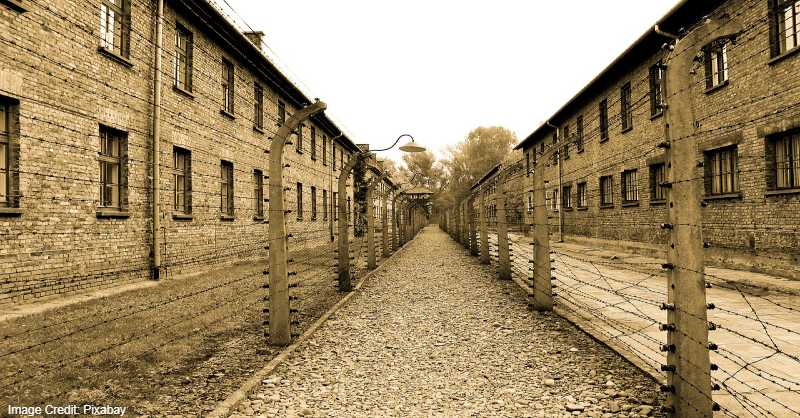Auschwitz concentration camp, established in April 1946, is the largest mass murder center where extermination sponsored by the Nazis occurred, particularly the mass murder of European Jews. It is nearly impossible to understand the dynamics of postwar Europe and its link to that of the whole world without exposure to the level of inhumanity of this era whose debris lies in Auschwitz.
Auschwitz concentration camp carries a scar on the history of the Second World War. It is the monument expressing the ugly activities of the Nazi regime in Germany. It was originally the camp for transient workers during the first World War before it became a Polish army barracks. But things took a new turn when the Nazis annexed this territory to the Third Reich.
The camp was established because of the increasing population of arrested Poles which had exhausted the local prison capacity.
The gory atmosphere of this environment is the reason children under the age of 14 are advised against visiting Auschwitz. And like these children, because of the sad history of this location, I rather find other tourist attractions near me to visit.
Anyway, two years after the Second World War, the Polish Government established this former concentration camp as the state memorial in honor of the martyrs of Polish nationality and other nationalities in Oswiecim. In 1979, it was also designated the UNESCO World Heritage Site.
All the same, this is a place for lovers of history who are curious about seeing the remains of the awful history of the Second World War to influence the world in the path of peace and avoid any likelihood of a similar experience in the future.
Auschwitz concentration has witnessed a surge in the number of annual visitors since the beginning of the 21st century. Since 2017, more than one million visitors make it to the place to inform themselves of the world history and ugly past. Visitors intending to make reservations are encouraged to contact the management in charge of visitation via the contact details provided.






